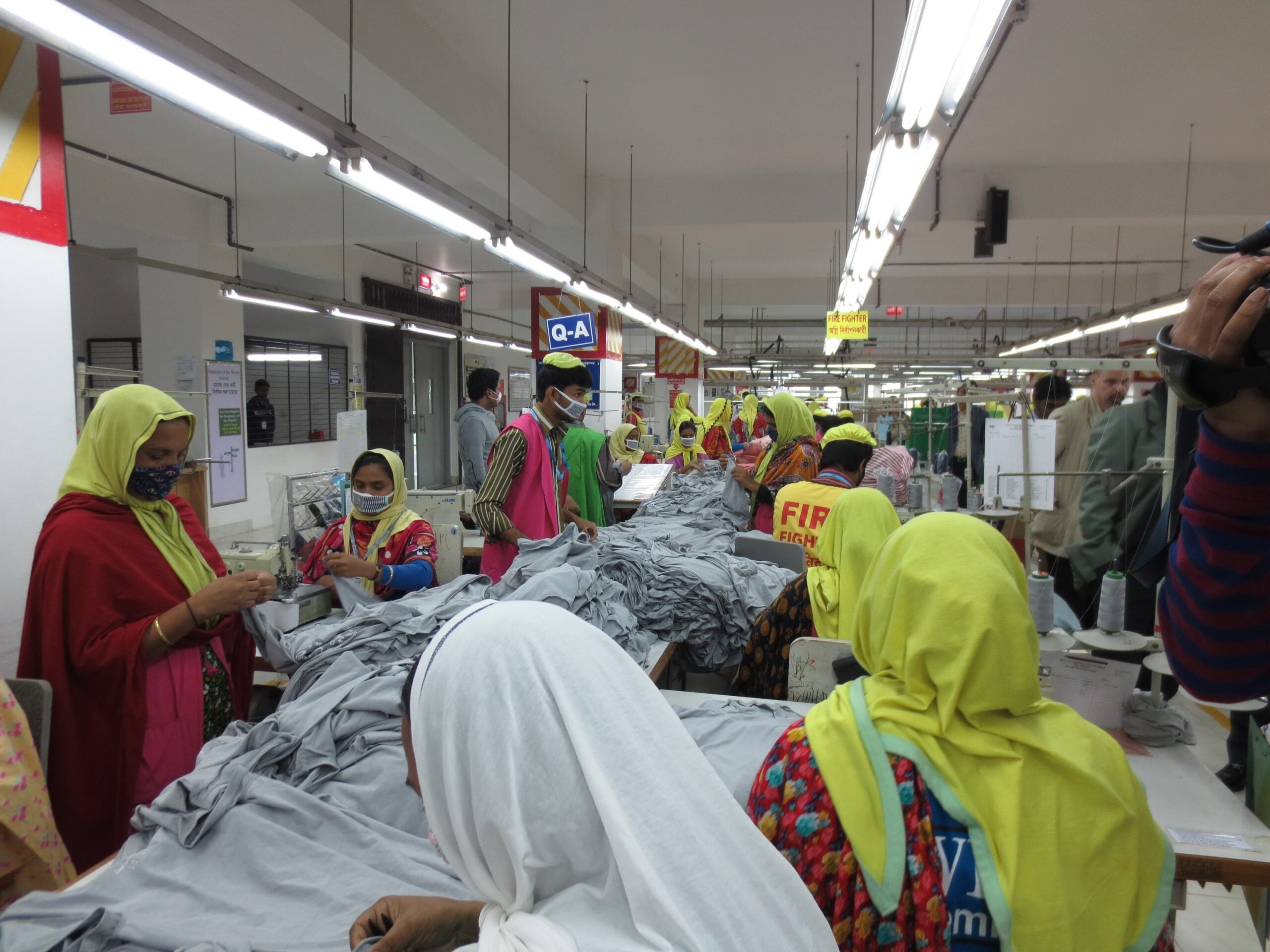Based on data from the International Trade Centre (ITC data), at the last count there are 220 garment exporting countries and territories – of which 187 are stuck in the basic commodity export sector, which includes knit shirts and T-shirts, woven shirts, woven cotton pants, knit cotton pants and underwear and sleepwear.
These countries face a grim future.
The post-virus business world will be a very different place, with new winners and new losers. In this regard the Covid-19 pandemic and the resulting global recession will not be the causal factors but rather, at best, catalysts for changes that have been ongoing for many years.
For a very long time consumers have been spending less of their disposable income on buying things and more on buying lifestyle experience.
Garments in general may well be the greatest loser product – and basic commodities will be at the bottom. Mass market retailers such as Target, Amazon and ASOS have been moving away from commodities to fashion.
In this new post-virus business world, the 187 commodity garment exporters cannot survive. They are simply too small to compete. The mass markets on both the customer and supplier sides have always been dominated by the top-10 big players.

US Tariffs are shifting - will you react or anticipate?
Don’t let policy changes catch you off guard. Stay proactive with real-time data and expert analysis.
By GlobalDataThe balance 177 national industries and their constituent factories have no alternative but to break free from the commodity trap.
For those willing to make the effort, there are ways out: difficult but viable strategies to move from commodity to fashion production.
To make the transition from commodity to fashion production factories must reinvent themselves.
They must:
- Change their factory lay-outs
- Introduce new systems of production
- Acquire new skillsets
- Retrain their workers from single tasked to multi-tasked
This will be a costly process.
More to the point, these factories cannot make the transition on their own. They will require professional expert assistance. The question is: Where do they find and how do they select the professional expert? Our industry has more than its fair share of crooks and conmen happy to take your money while delivering nothing. Just go on the internet and read:
|
Dr Schmata's10-Part Seminar |
Or
|
The Schmidlap Secret |
There is no easy way. Anyone suggesting that seminars alone will lead to a successful transition is either incompetent or dishonest. You learn to develop a fashion factory the same way you learn to ride a bicycle: by actually doing it – what we call experiential education. This is both time-consuming and costly.
Factories that see the need to move forward have no choice. Their future survival depends on access to qualified and legitimate engineers who will work at prices the factories can afford.
Our industry has an overriding need to separate out the Schmatas and Schmidlaps from the legitimate.
I am currently working to develop projects such as the Singapore Global Garment Institute (SGGI) that will provide the data our industry requires. However, this will take time.
Singapore’s potential as the go-to for garment professionals
In the interim, I have a suggestion for a very informal solution.
If you are a factory looking for a qualified engineer, or a qualified engineer (able to provide a valid references), please contact me.
Perhaps I can help.
About the author: David Birnbaum is an internationally renowned garment industry specialist working for major importers, retailers, suppliers, governments and institutions. His latest book The Guide to Cost to Value Analysis is available at Amazon. Click here to see the other articles he has written for just-style.





